Fierce competition in development of feed crops
 |
| Director of the Department of Crop Production (MARD) Mr. Nguyen Nhu Cuong |
Some say that the lack of specific planning on the production area of feed crops is one of the reasons why Vietnam has to heavily depend on imported sources, what is your point of view?
The Planning Law of 2017 does not stipulate product planning. This means that there is no national planning for each type of crop, for example, there is no national planning for rice cultivation, rubber trees or corn.
However, in Decision 124/QD-TTg dated February 2, 2012, on "Master plan on development of agricultural production to 2020 and vision to 2030", there is an orientation on area development with some key crops, including feed crops.
At the same time, the Prime Minister issued Decision 255/QD-TTg dated February 25, 2021 approving the "Plan to restructure the agricultural sector for the 2021 – 2025 period" and Decision 150/-TTg dated January 28, 2022 approving the "Strategy for sustainable agricultural and rural development for the 2021 – 2030 period, with a vision to 2050".
Based on the orientations and advantages of each locality, when making provincial planning, it is necessary to have an orientation for the planning of concentrated agricultural production areas.
On that basis, there are reasonable policies and investments in infrastructure for production, processing and logistics, etc., in order to maximize local advantages.
Vietnam is considered to have no advantage to promote the development of feed crops. Could you give a more specific analysis on this aspect?
Agricultural production in Vietnam is commodity production in accordance with market rules and prioritizes development of advantageous plants with high economic efficiency and sustainability. Corn and soybean are not more competitive than current crops such as rice, fruit trees and industrial plants, etc.
Vietnam's agricultural land fund has about 10 million hectares and has been planted with other crops such as rice, fruit trees, and industrial plants. Therefore, if you want to develop corn or other feed crops, these crops must compete in terms of economic efficiency and investment efficiency with others. If feed crops bring more efficiency, the trend of shifting to feed crops is inevitable. That is the rule of the market, it is impossible to use administrative orders to develop feed crops if they do not have competitive advantages.
For example, for corn crops, Vietnam has a set of corn varieties equivalent to that of advanced countries in the world. In the condition of good land and intensive farming, corn yield reaches 10 tons/ha as in the Central Highlands and Southeast. However, in the Southeast and Central Highlands regions, corn or feed crops must compete with industrial crops (rubber, coffee, etc.), fruit trees in terms of economic efficiency and investment efficiency and use of land resources.
Currently, the corn production area is concentrated in sloping, arid and difficult areas, mainly relying on natural water supply, plus the production scale is fragmented, and the rate of mechanization in farming is low (approximately 20-25%), resulting in high costs and low productivity. These factors make the production cost of corn and soybean much higher than the price of imported corn and soybean.
There is no advantage to growing on a large scale compared to other crops, but is there any feasible solution to promote the development of planting areas for feed crops in areas with certain advantages?
In general, feed crops such as corn, soybean, etc. do not have advantages on a large scale, but still have advantages in certain areas; and we must focus on developing feed crops in areas with such advantages.
For example, in arid areas where water sources are not active such as Ninh Thuan and Binh Thuan, it is possible to develop biomass corn, fodder grass, and dry crops that require little water. In Moc Chau (Son La), it is also possible to grow biomass corn. In these areas, biomass corn and fodder grass are more advantageous than existing crops.
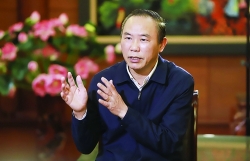 | Restructuring the production chain and logistics of the animal feed industry VCN - According to Deputy Minister of Agriculture and Rural Development Phung Duc Tien (pictured), Vietnam's livestock ... |
The orientation for the development of feed crops in the near future is to reorganize production, link production and processing, consume in parallel with encouraging consolidation and exchange of plots, and accumulation of fields to create large-scale production areas; to encourage the conversion of crops on inefficient rice land, land that is not active in water; to apply advanced farming processes to reduce input materials in order to reduce production costs; to diversify crops such as biomass corn, sorghum, fodder grass, etc.
Thank you Sir!
Related News
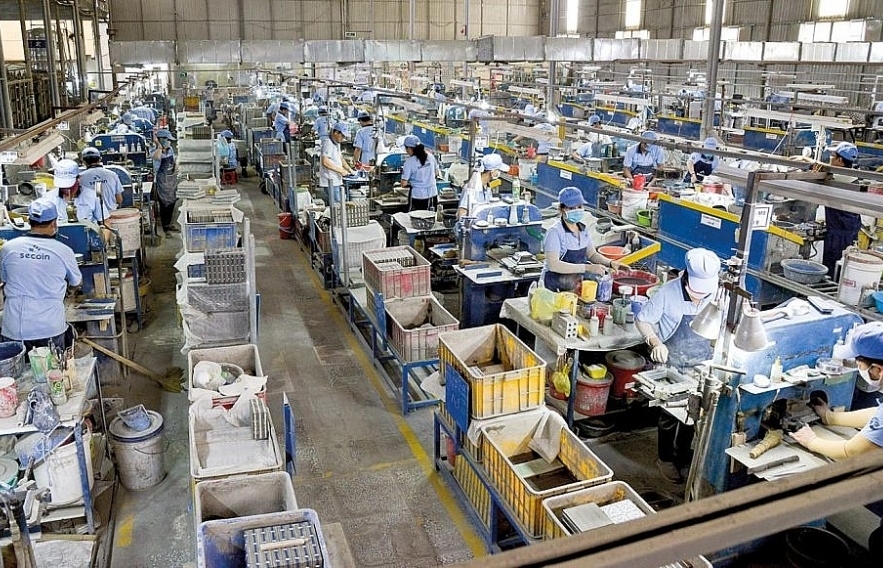
Storm No. 3 "knocks down" many small businesses
00:00 | 19/10/2024 Import-Export

Import and export potential growth promised to be vibrant in 6 end- year months, many industries welcome opportunities
09:30 | 15/10/2024 Import-Export
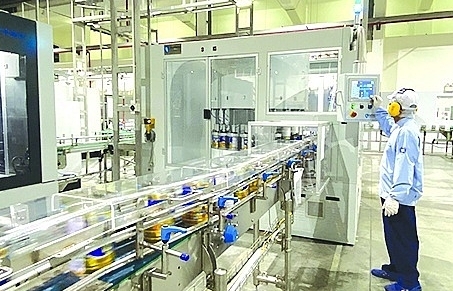
Need to quickly act to catch up with the "green" trend
10:59 | 12/10/2024 Import-Export

Risks for the economy when cash flow has not yet been put in to production and business
10:49 | 07/10/2024 Headlines
Latest News

Embracing green exports: a pathway to enter global supply chains
10:33 | 20/02/2025 Import-Export
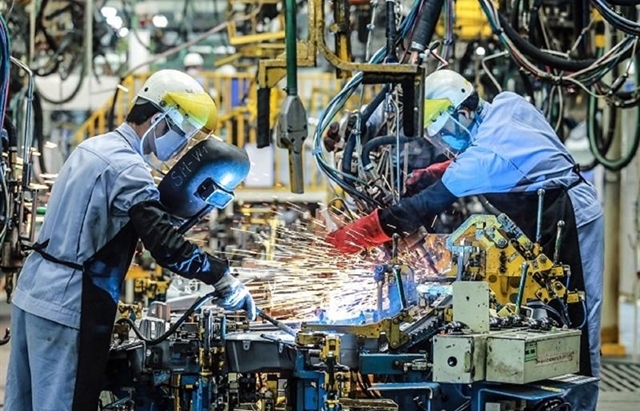
New policy proposed to prevent transfer pricing, tax evasion of FDI enterprises
10:32 | 20/02/2025 Import-Export
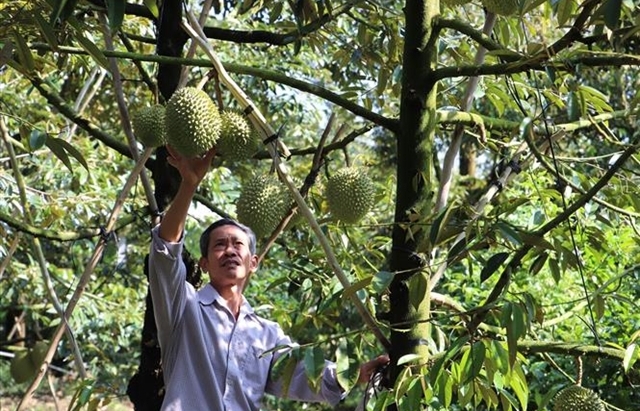
Việt Nam’s durian exports to China plummet by 80%
16:18 | 19/02/2025 Import-Export
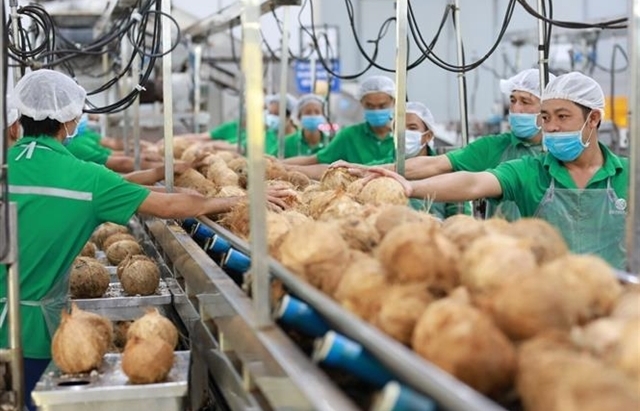
Coconut exports reach 14-year high
15:29 | 18/02/2025 Import-Export
More News

Shrimp exports grow in the first month of 2025
15:28 | 18/02/2025 Import-Export
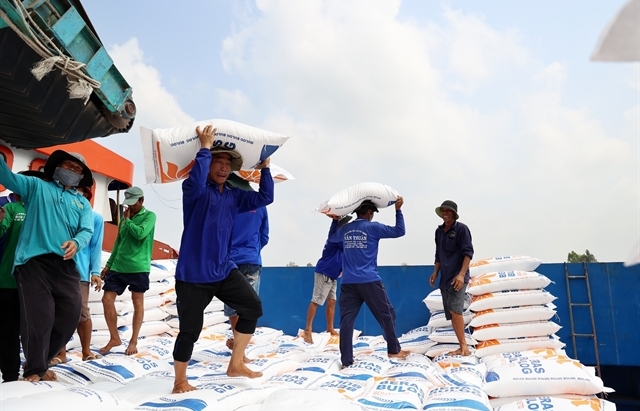
Rice export prices drop, but decline expected to be short-term
08:10 | 17/02/2025 Import-Export
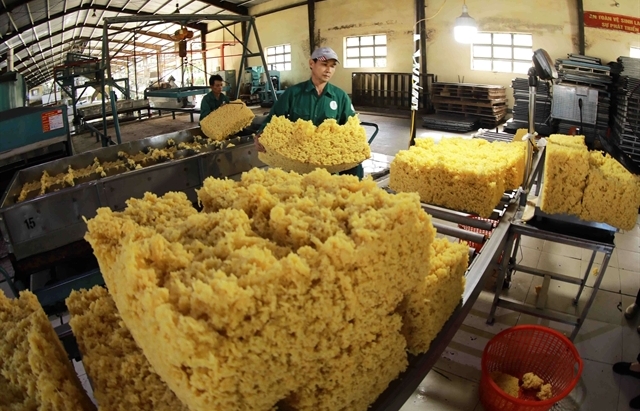
Key agro products expected to maintain export growth this year
08:08 | 17/02/2025 Import-Export
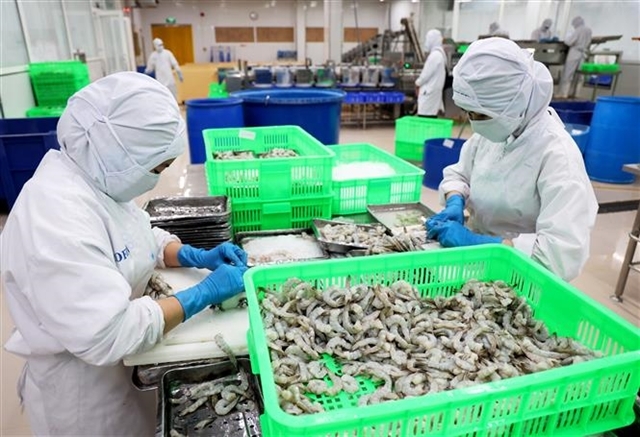
EU issues 12 warnings against Việt Nam’s food and agricultural exports
08:07 | 17/02/2025 Import-Export
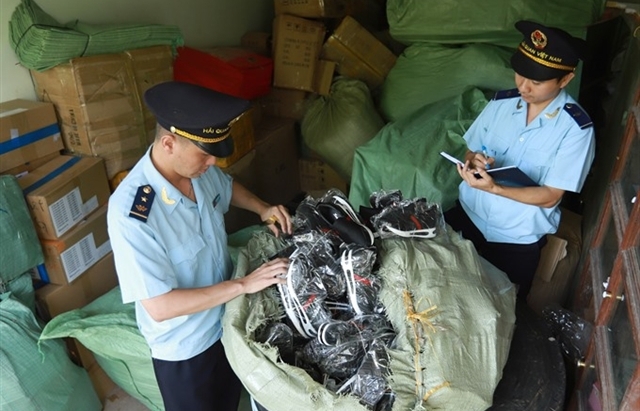
Việt Nam to impose VAT on low-value express-imported goods
08:06 | 17/02/2025 Import-Export

Exchange rate risks need attention in near future
16:31 | 15/02/2025 Import-Export
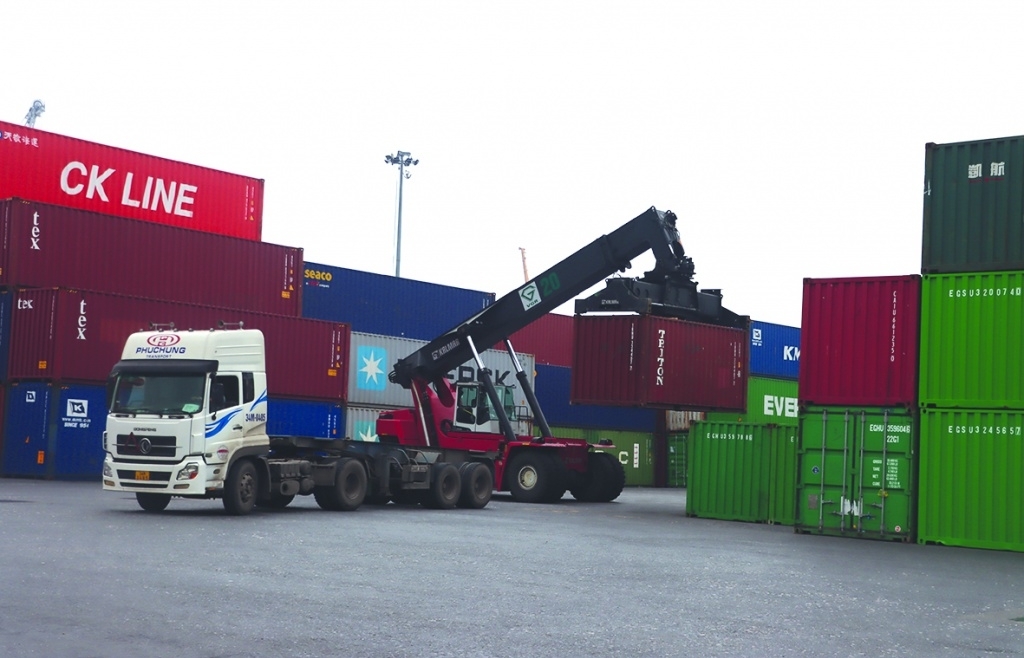
Vietnam kicked off the year with a strong start in trade, exceeding US$63 billion in the first month
16:30 | 15/02/2025 Import-Export
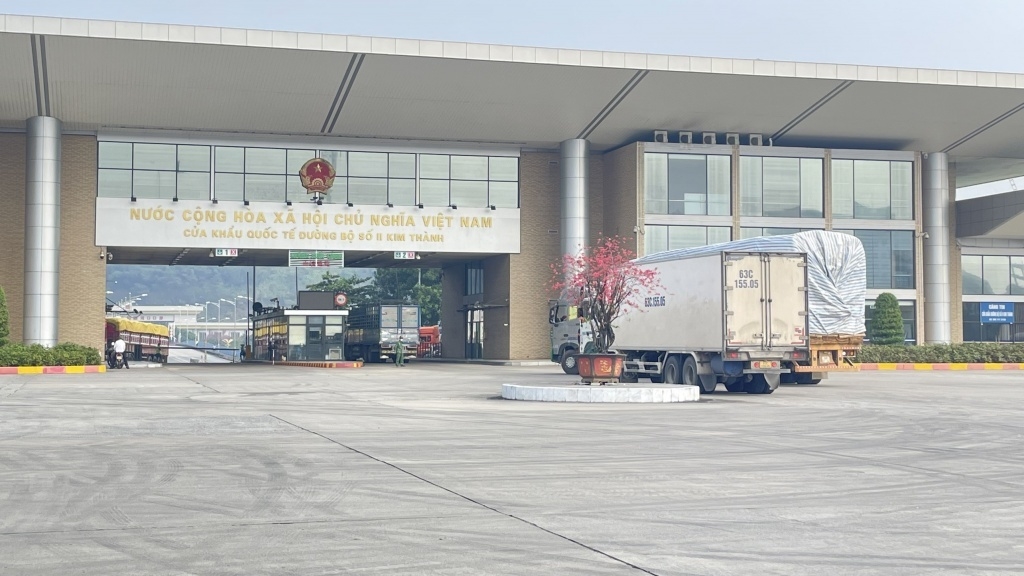
Import and export turnover reaches about US$29 billion in the second half of January 2025
14:52 | 14/02/2025 Import-Export

Market edges up slightly as liquidity remains low
14:48 | 14/02/2025 Import-Export
Your care
The system has not recorded your reading habits.
Please Login/Register so that the system can provide articles according to your reading needs.

Embracing green exports: a pathway to enter global supply chains
10:33 | 20/02/2025 Import-Export

New policy proposed to prevent transfer pricing, tax evasion of FDI enterprises
10:32 | 20/02/2025 Import-Export

Việt Nam’s durian exports to China plummet by 80%
16:18 | 19/02/2025 Import-Export

Coconut exports reach 14-year high
15:29 | 18/02/2025 Import-Export
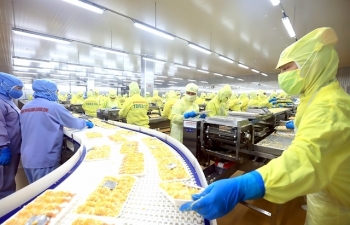
Shrimp exports grow in the first month of 2025
15:28 | 18/02/2025 Import-Export
